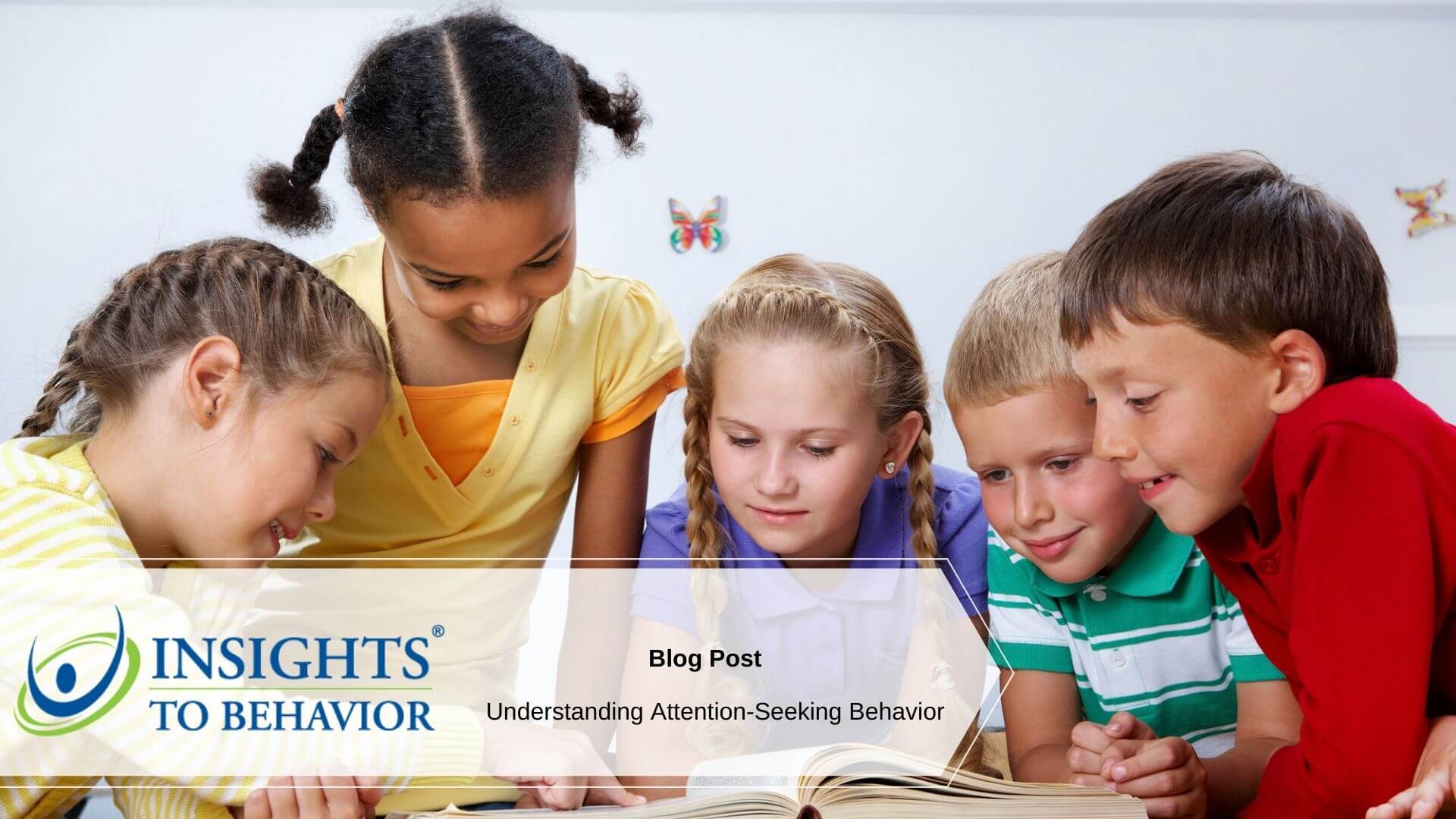Have you noticed attention-seeking behavior in your classroom lately? Are you at a loss of how to deal with the children who exhibit these behaviors regularly?
While positive reinforcement can be crucial to helping those displaying attention-seeking behavior, there is much more to understand with the complexity of behavior functions.
Using ABA, or Applied Behavior Analysis can help you better understand what is happening and how to deal with these behaviors.
Keep reading to learn more about attention-seeking behavior.
What Is Attention-Seeking Behavior?
Attention-seeking behavior involves any behavior in the classroom that a child exhibits to get a response from another student or adult. This behavior can be both positive and negative.
To count as attention-seeking, this type of behavior typically only occurs in social settings.
Examples of Attention-Seeking in the Classroom
When in the classroom, students tend to seek the attention of others by exhibiting specific behaviors. However, negative attention-seeking behaviors can become difficult to deal with in a classroom setting.
Here are a few examples of what you might see:
- Constantly getting out of their seat in the middle of class
- Raising their hand excessively
- Making noises during class
- Bullying others in the classroom
- Talking out of turn or blurting things out
So why is it important to stop the excessive hand-raising or the noises when they start to happen? Because attention-seeking behaviors tend to start mild but get worse over time.
When it comes to attention-seeking in the classroom, the behaviors all share common traits:
- All receive attention from others
- All can end up being problem behaviors even if they don’t start that way
- The behavior doesn’t stop after disciplining
Attention-seeking behavior occurs solely to get the attention of someone. If the behavior is positively reinforced or negatively reinforced with a reprimand, the student still gets what they want: attention.
How Can You Stop These Behaviors?
Now for the critical part. How can you stop attention-seeking behavior in the classroom?
There are a few strategies you can use to get control over these behaviors, but the best thing you can do is ignore them. They are trying to get your attention, so you don’t want to give them what they want and reinforce the behavior.
Before beginning to address the behavior with these strategies, two steps need to be taken.
First, you need to precisely define the behavior and identify the behavior functions. Instead of “blaming” the student and saying, “The student blurts out in class all the time,” you can change how you say it.
“The attention-seeking behavior occurs in class before requesting the permission from an adult by raising their hand or being asked to share.”
The latter statement is more objective, more professional, and is more specific about what is happening and what should be happening.
Once the behavior is defined, you can start step two: collecting data to determine how often the behavior occurs and when. Is it in a specific class, or does it happen every 10 minutes? Does anything seem to happen that triggers the behavior?
Knowing this data can help you understand how to intervene.
Proactive Strategies
Proactive strategies are put in place to prevent the behavior from occurring. This should be planned out in advance.
Since students are exhibiting attention-seeking behavior because they want attention, giving attention preemptively is a great way to prevent the behavior from occurring.
Knowing when students engage in the behavior can help you identify the best times to provide social attention.
You may need to give positive reinforcement and attention to the child every 10 minutes if that is what you found to be the problem before.
To make sure the students know what they
are supposed to do (or the correct behavior), reward them for raising their hand instead of blurting out. This should be more positive reinforcement than you may think to give right away.
Another proactive strategy is providing rewards for successfully doing the right thing and not engaging in attention-seeking behavior. For example, using “if…then” statements can be powerful for students to get something done when they know they have a reward coming.
Reactive Strategies
If the proactive strategies don’t work 100% of the time, reactive strategies can be helpful tools to diminish the behavior over time.
As mentioned before, you’ll want to ignore the behavior as a first response, if possible. Remember, reprimanding or disciplining is still giving attention.
However, there is another way to go about it. If you notice one student doing the right thing while another student is exhibiting attention-seeking behavior, giving positive reinforcement to the student doing the right thing can remind the other one how they should behave. It is also taking attention away from the attention-seeker, so they aren’t getting what they want.
Using Behavior Management Software to Help With Attention-Seeking Behaviors
Understanding the objective behavior of students who are seeking attention can be helpful to gauge how to stop it. Using behavior management software can also help you get a better handle on children who are constantly seeking attention in the classroom.
If you’d like more information on how to manage this behavior using Insights to Behavior, contact us for a demo of our software.
Our training programs and workshops can also help you navigate other behavioral issues in the classroom.



